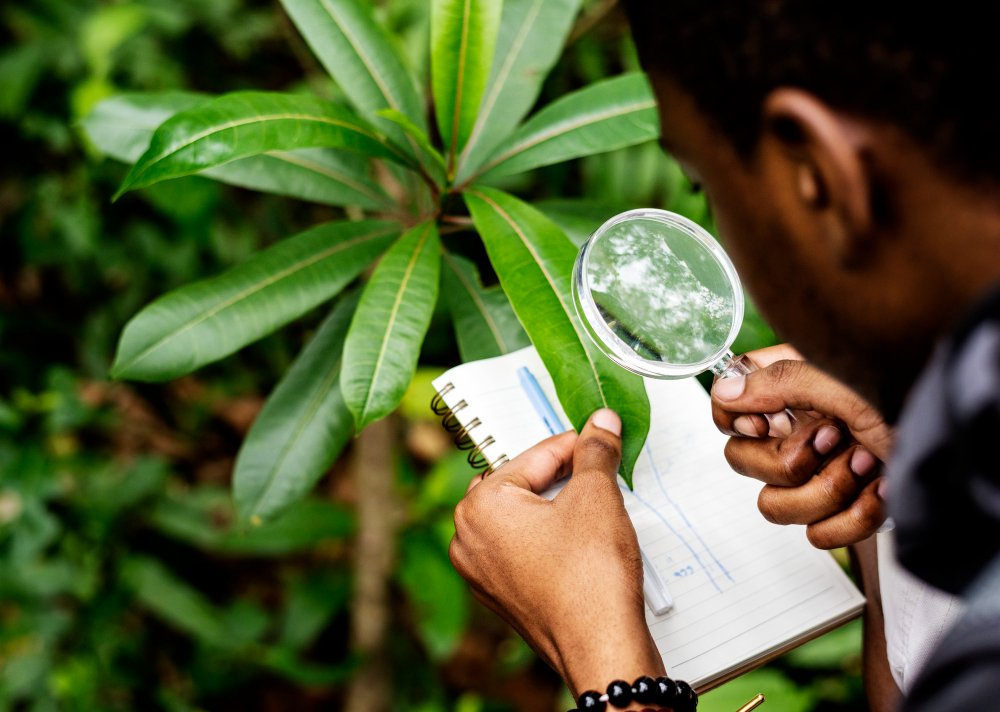Economic Botany

About Course
Ethnobotany explores the relationships between people and plants across different cultures. Students will study how plants are used for food, medicine, shelter, clothing, and rituals. The course covers traditional knowledge systems, plant domestication, and the role of plants in cultural heritage. Fieldwork and ethnographic research methods will allow students to document and analyze plant uses in local communities. This course highlights the importance of preserving indigenous knowledge and biodiversity.
Course Content
Module 1 – Introduction to Economic Botany
Module 2 – Food Plants
Module 3 – Fiber and Clothing Plants
Module 4 – Timber and Industrial Plants
Module 5 – Medicinal and Aromatic Plants
Module 6 – Beverage Plants
Module 7 – Plants and Culture
Module 8 – Sustainability and Conservation
Student Ratings & Reviews

No Review Yet

